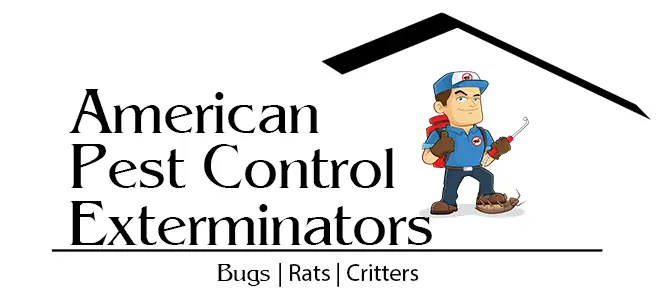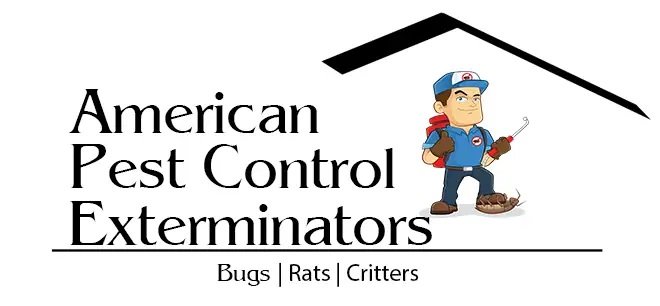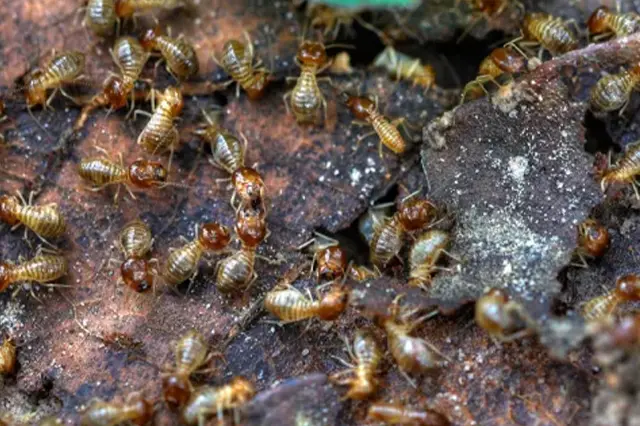
How To Choose The Right Termite Exterminator For Your Home
If you live in a house with wood or drywall, you may be wondering how to get rid of termites. After all, termites are attracted to moist environments and wood is definitely one of those things. While there are many different types of termite exterminators, the most important thing to consider when choosing one is your budget. Once you have that figured out, it’s time to look at the specific features of the exterminator that will best suit your needs. In this blog post, we will discuss some of the most important factors to keep in mind when choosing a termite exterminator and walk you through a few tips on how to find the right one for your home.
Termite identification
Termites are relatively small, brown insects that live in the ground. They are the primary cause of structural damage to homes in the United States.
The most important factor in choosing a termite exterminator is the level of infestation. The smaller the infestation, the less damage will be done and the less costly the treatment will be. There are three main types of termites: subterranean (in or under the ground), drywood (in or around wooden buildings), and Formosan subterranean termites (a subspecies of subterranean termites found only in Taiwan).
Each type of termite has its own characteristics that should be considered when choosing an exterminator. For example, Formosan subterranean termites can eat through concrete, so they should be handled by a company with experience dealing with this type of insect.
Another factor to consider is how much experience the exterminator has dealing with termites. A good rule of thumb is to choose an experienced company if you have more than one story house or if you have concerns about your structural stability.
If you do not know whether you have a problem with termites, your first step should be to contact your homeowner’s insurance company or a qualified pest control professional.
Termite inspection
Termite inspection is an important step in determining if you have a termite infestation and, if so, what steps need to be taken to exterminate the pests. The most important part of any termite inspection is verifying that there are active termites present. Termites can be difficult to see, so it is important to have a professional inspect your home for them before taking any action.
If you think you may have termites, the first thing you should do is contact a professional. A certified inspector will use special equipment to detect signs of activity and will also take into account factors such as weather conditions and building materials. There are several things you can do to try and determine if you have termites:
– Inspect the outside of your home for evidence of damage or subterranean activity;
– Check for small holes in the floors or ceilings where insects might enter;
– Look for droppings or fecal material;
– Test soil samples for presence of winged termites (nuptial flights indicate an active colony).
Once you have contacted a professional and they have confirmed that there are termites present, the next step is to take steps to exterminate them. There are several options available, but the most effective method often depends on the size and nature of your termite problem.
Termite control
Termites are one of the most common pests in homes. They can cause extensive damage to your home and property if not handled correctly.
There are a few things you should consider when choosing a termite exterminator for your home.
1. Type of Termites.
2. Level of Damage.
3. Cost and Insurance Coverage.
4. Certification and License Status.
5. Experience and Reputation of the Exterminator Company.
6. Lead Poisoning Risk from Termite Activity
7. Termite Inspection Guidelines Before Work Begins
8. Pre-Treatment Measures for Your Home
1. First, determine if you have termites by checking for signs of their presence: organize piles of wood around the house, look for gnawed wires or pipes, or see evidence that they’ve been excavating underground (small tunnels). If you’re certain you have termites, call in an exterminator to do a proper inspection and treatment plan–termites can be tricky to get rid of without professional help!
2. Termites can be classified according to their level of damage: dry wood, subterranean (in walls), pre-invasion ( before they start building nests ), active invasion (active construction underway), or advanced stage (nests completely built). You’ll want to choose an exterminator with the appropriate experience and equipment to handle the type of termite infestation present in your home. For example, an exterminator specializing in dry wood termite treatments might not be effective against pre-invasion or active invasion termites.
3. In addition to type and level of damage, another important factor to consider when choosing an exterminator is cost and insurance coverage. Many termite companies offer a free inspection if you’re concerned about an infestation, but the cost of treatment will vary according to the extent of the damage. Some companies also offer comprehensive insurance coverage for their customers.
4. Finally, it’s important to choose an exterminator who is certified and licensed by your state or province. This will ensure that the company has met all government requirements and is therefore qualified to work in your home. certification and licensing can also ensure that the company has a good reputation and is well-equipped to handle difficult infestations.
5. It’s also important to consider your own safety when dealing with termites–make sure the exterminator you choose has lead poisoning prevention training and guidelines for working in homes with children or seniors present.
6. Once you’ve chosen your termite exterminator, make sure to have them inspect your home before starting any work – this will help avoid any potential surprises! Termite inspections usually take no more than an hour, and should not cost more than a few hundred dollars.
7. Take some pre-treatment measures before the exterminator arrives: seal all cracks and openings in your home’s exterior, fill any gaps in the foundation with caulk or soil, and put screens on all windows and doors. Termites can’t build nests in sealed areas, so by taking these simple precautions you can minimize the damage they can cause.
8. Following the exterminator’s instructions carefully is the best way to ensure a successful termite treatment. Remember to contact your insurance company if you have any questions about coverage or billing procedures – they may already be aware of your termite problem and can help you get started with proper coverage.
Termite control is a critical step in preventing damage to your home. Make sure to choose the right exterminator and take the necessary precautions to ensure a successful treatment.
How to choose the right exterminator for your home
There are many factors you should consider when choosing an exterminator for your home. Make sure to ask the exterminator about their experience with treating infestations of insects, rodents and other pests. Additionally, be sure to inquire about how they will treat your specific home or building layout.
Here are some tips to help you choose the right exterminator for your home:
-Be realistic in your expectations. You don’t need an exterminator who can treat every type of pest known to man. Instead, focus on finding an experienced professional who can handle common infestations like ants, flying bugs and rodents.
-Ask about experience treating infestations of insects, rodents and other pests. An experienced extermination company will have a better chance of dealing effectively with any type of pest present in your home or building.
-Consider the company’s approach to treatment. Some companies use powerful chemicals that can be dangerous if not used correctly. Others take a more biological approach that uses predatory wasps or spiders to kill pests without using harmful chemicals.
-Check out their credentials and licensing information before making a decision. Make sure the company has a valid license from your state or country and that they are properly insured.
-Ask the exterminator about their rates and how they will treat your specific home or building. Understanding what you’ll need to pay up front can help you avoid any surprises later on.
-Be sure to inspect the company’s equipment before they start treatment. Make sure all the equipment is in good condition and that the chemicals they are using are safe for your home.
-If you have any questions or concerns, don’t hesitate to call the exterminator’s customer service line. They should be able to answer any questions you have about their experience and treatment procedures.
Conclusion
Thank you for reading our article on how to choose the right exterminator for your home. In this article, we shared some tips on how to find an exterminator who will be best suited to take care of your pest problems. We also reviewed a few different types of exterminators and explained which one would be best for your needs. Ultimately, it is important that you select an exterminator who is knowledgeable about pests and has the proper tools and training to get your home free from critters. Thanks again for reading!

